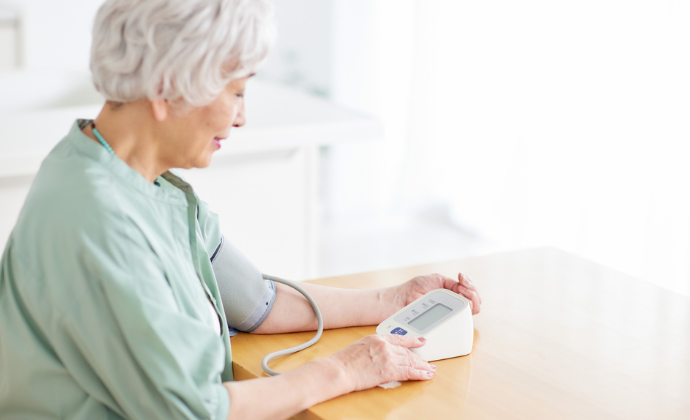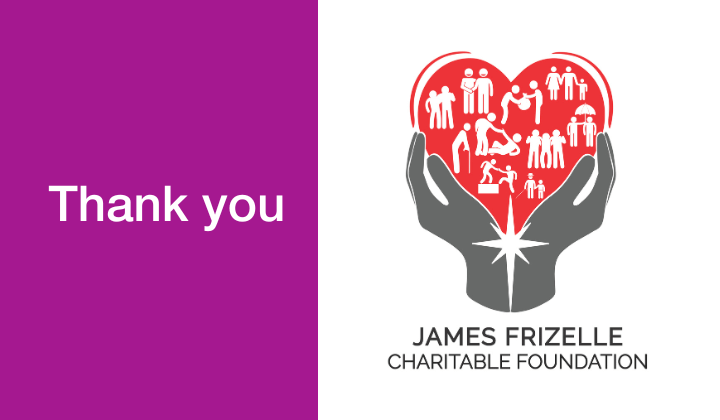Low Blood Pressure on Standing a Likely Body-First Parkinson’s Marker

How to Take the Stress out of Gardening with Parkinson’s
18th June 2025
New PET Scan Imaging Camera Aims to Accelerate Parkinson’s Research
18th June 2025Low Blood Pressure on Standing a Likely Body-First Parkinson’s Marker

Low Blood Pressure on Standing a Likely Body-First Parkinson’s Marker
In body-first subtype, disease may start in the digestive tract and then spread
People with Parkinson’s disease who have orthostatic hypotension – that’s where the blood pressure drops suddenly upon standing up from a sitting or lying position – appear more likely to develop heart and digestive problems, act out their dreams, and go through motor fluctuations, a study has found.
These clinical features are consistent with the body-first subtype of Parkinson’s, where the disease is thought to start in the digestive tract and spread to the brain and then the body. This causes non-motor symptoms that may appear years before motor symptoms manifest.
The findings suggest orthostatic hypotension may serve as a “…clinical marker of the body-first subtype of [Parkinson’s],” researchers wrote in Orthostatic Hypotension: a clinical marker for the body-first subtype of patients with Parkinson’s Disease, which was published in the npj Parkinson’s Disease journal.
In Parkinson’s, the alpha-synuclein protein takes on an abnormal shape that makes it prone to clumping into so-called Lewy bodies, which are toxic to nerve cells. These can spread rapidly across the brain, leading to nerve cell degeneration and affecting how fast the disease progresses.
Researchers have proposed dividing Parkinson’s into brain-first and body-first subtypes depending on where Lewy bodies first form.
Brain-first and body-first subtypes
In the brain-first subtype, it’s thought that certain toxic chemicals are breathed in through the nose and rapidly travel to the brain, where they trigger Lewy bodies to form, causing motor symptoms early in the disease’s course.
In the body-first subtype, Lewy bodies are believed to form in the digestive tract and travel to the brain via the vagus nerve – the longest nerve in the body. They then spread to other parts of the body, leading first to non-motor symptoms and later to the hallmark motor symptoms.
A common non-motor symptom is orthostatic hypotension, which can happen spontaneously or be triggered by medications such as levodopa, the mainstay treatment for Parkinson’s.
In this study, researchers evaluated whether orthostatic hypotension could help identify the body-first subtype of Parkinson’s. Their study included 928 patients, mean age 62.4, who had Parkinson’s for an average of 7.9 years.
More than half (57.2%) were on stage 2.5 or lower in the modified Hoehn and Yahr scale, indicating motor symptoms in one or both sides of the body without impairment of balance.
About as many (57.4%) had motor fluctuations, which occur when the effects of levodopa wear off before the next dose is due, causing ‘off’ periods when symptoms return or worsen. Almost 25% had dyskinesia, a side effect of levodopa that produces involuntary muscle movements.
How patients were tested
The patients were tested while off their medications and after a levodopa challenge where they took a morning dose of it 50% higher than their usual one to watch for changes in their blood pressure when asked to move from a lying to a standing position.
Based on the results of this, the patients were divided into those without orthostatic hypotension (41.3%), with spontaneous orthostatic hypotension (24.1%), and orthostatic hypotension triggered by a higher levodopa dose (34.6%).
Those with orthostatic hypotension were older than those without it and up to twice as likely to have motor fluctuations. They also generally showed more severe symptoms and had more limitations in daily activities.
They also were up to nearly three times as likely to have probable rapid eye movement sleep behaviour disorder, where a person acts out dreams by making noises and often violent movements.
Acting out dreams occurs frequently even when motor symptoms haven’t yet developed and may help identify Parkinson’s in its early stages. This was especially true in those with the spontaneous type, who were also more likely to develop hallucinations and cognitive impairment.
Patients with orthostatic hypotension were also more likely to develop problems with their autonomic nervous system, which is responsible for controlling involuntary bodily processes such as heartbeat and digestion, “…consistent with the body-first subtype of [Parkinson’s],” the researchers wrote.
While future studies should include patients with earlier-stage disease and objective tests such as imaging, the findings suggest orthostatic hypotension is a “…potential clinical marker” that can be confirmed with a levodopa challenge test, they said.
Sources:
Original article by by Margarida Maia, PhD in Parkinson’s News Today.
Research paper “Orthostatic Hypotension: a clinical marker for the body-first subtype of patients with Parkinson’s Disease” published in the npj Parkinson’s Disease journal.



